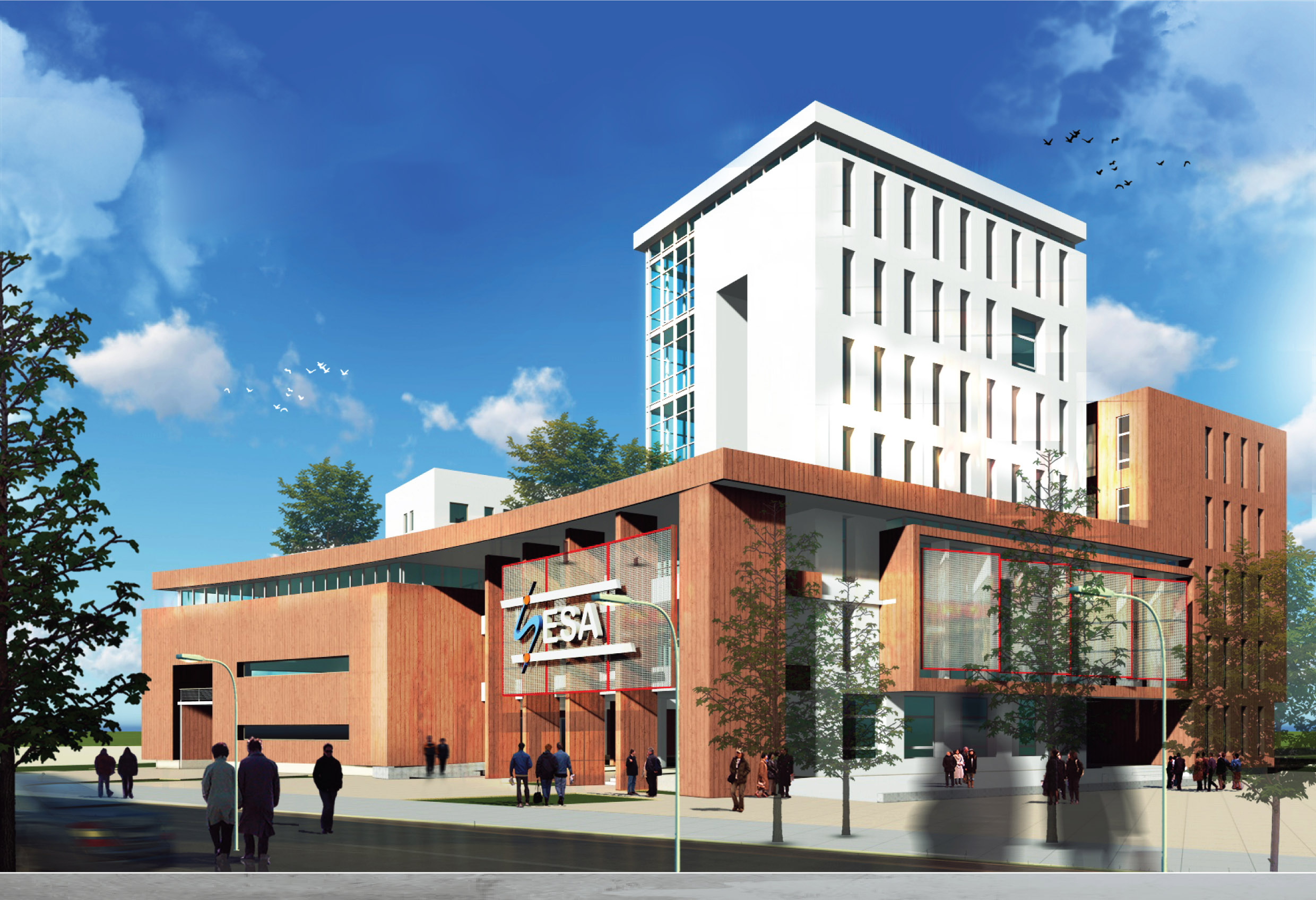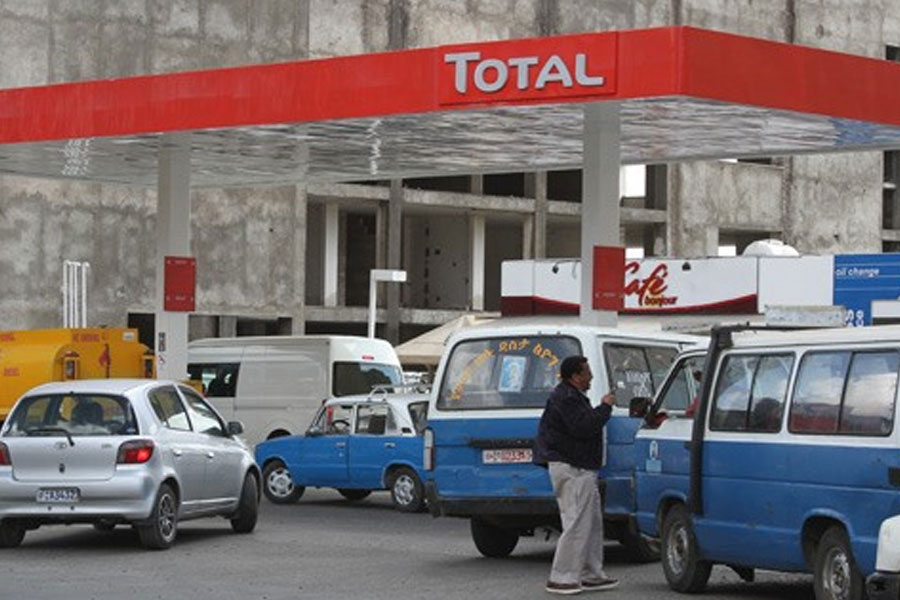
May 4 , 2019.
Access to urban housing is often discussed in political terms. In a country wrought with a dilapidating shortage of affordable housing, especially in Addis Abeba, it is the symptoms instead of the problem itself that have managed to grab the headlines.
This manifested itself when a controversy arose after the Addis Abeba City Administration announced the list of beneficiaries of the low and medium-income housing projects on the outskirts of the capital. This added to an already brewing conflict where urban dwellers have settled in the outskirts of the capital.
It also includes the displaced by the rising cost of living, soaring rental prices and the escalating property values that push citizens to the less populated and urbanized areas of the capital.
At the heart of these is the human need for shelter and security to live in peace, raise children and thrive. Urban housing has a direct consequence on the national economy. Citizens burdened with a high cost of living, of which housing is often the largest portion, will not be able to invest in the economy as their spending ability is curtailed. This is counterproductive and negatively affects the rise of small and medium-sized enterprises and delivers a blow to the private sector. This will be especially true as the economy begins to transition from public sector-led to private sector-driven growth.
Considering the fundamental nature of the problem, no administration or regime has ever taken it lightly. Indeed, access to land has been much more of a contentious issue and continues to be. But as urbanisation took effect, almost tripling since the late 1960s to around a quarter of the entire population, and the economy began to slowly and grudgingly move away from the agriculture sector, the problem of housing has gained traction. This issue is bound to become a bigger headache for future administrations.
The current working policy by the government seems straightforward enough to address the problem. If citizens demand housing that they can afford, then the government builds them using resources it can mobilise.
But operating under an inefficient system, where checks and balances are lax, quality is compromised and delays are rampant, treating the affordable housing shortage like an infrastructure gap is misguided. It cannot be sufficiently addressed by the direct involvement of government through a distribution of homes by a raffle system. It is like most services and goods provided by the government - it ends up lacking creativity and proper planning, leading to inefficiencies and supply gaps.
There are participants still waiting their turn to receive one of the middle-income housing units that registered in 2005, a 14-year wait without any fruition. With the last registration for low and middle-income housing units held six years ago, only a fifth of the 835,000 people on the waiting list have received the units and their title deeds.
It is under such a system that a 1.2-billion-dollar housing project was launched by the Federal Housing Corporation to build 16,173 housing units last year. Comprised of villas and high-rise apartments, half of the houses will go to government officials and civil servants. In the characteristic optimism of Ethiopia’s government, the whole project is slated for completion in three years.
Such massive resources by the federal and city governments would bear more fruit had they been diverted to incentivising and supporting the private housing industry. The policy has to focus on proper planning, improving the conditions of bank mortgages and incentivising developers to build affordable housing.
The groundwork that could have improved the housing industry was laid slowly until it was phased out over the past decades. The Savings & Mortgage Corporation and the Imperial Saving & Home Ownership Public Association were introduced during the reign of Emperor Haileselassie. These were later merged during the Dergueinto the Construction & Businesses Bank (CBB) - an institution that specialised in mortgages. It would later lose its core competence after venturing into various loan provisions, fall into financial ruin and get swallowed up by an institution providing much of the services it did at the time, the Commercial Bank of Ethiopia (CBE).
Without a government to provide support, mortgages have become an unlikely vehicle to owning homes.
Current mortgage loans in Ethiopia run close to 20pc, require over 30pc of the value of the house in equity contribution and are short term, mostly below 10 years. This is impractical in a country where the gross domestic product (GDP) per capita is below 1,000 dollars. But there is no fallback position for banks to provide mortgages in a double-digit inflation environment without leveraging their exposure by insisting on collateral. This is the gap that the government can fill.
This can start by focusing resources away from directly building housing units to creating state mortgage guarantees to lending institutions. This may mitigate high interest rates, allow banks to offer longer payment terms and lower equity contributions. Developing the mortgage industry as part of the financial market goes hand in hand with stimulating the housing industry.
The city administration can devise its own affordable housing policy where it grants incentives to home developers that allocate some of their developed units to affordable housing.
Housing is like other goods that the private sector can provide. The most important role the government can play is to address gaps within the industry, not try to increase supply directly.
PUBLISHED ON
May 04,2019 [ VOL
20 , NO
992]

Viewpoints | Nov 29,2020

View From Arada | Jun 19,2021

Radar | Nov 21,2018

Fortune News | Mar 12,2022

Sunday with Eden | Nov 12,2022

Fortune News | Nov 21,2018

Viewpoints | Sep 19,2020

Radar | Jul 09,2022

Fortune News | Mar 13,2021

Viewpoints | Jun 07,2020

My Opinion | 132151 Views | Aug 14,2021

My Opinion | 128561 Views | Aug 21,2021

My Opinion | 126482 Views | Sep 10,2021

My Opinion | 124091 Views | Aug 07,2021

Dec 22 , 2024 . By TIZITA SHEWAFERAW
Charged with transforming colossal state-owned enterprises into modern and competitiv...

Aug 18 , 2024 . By AKSAH ITALO
Although predictable Yonas Zerihun's job in the ride-hailing service is not immune to...

Jul 28 , 2024 . By TIZITA SHEWAFERAW
Unhabitual, perhaps too many, Samuel Gebreyohannes, 38, used to occasionally enjoy a couple of beers at breakfast. However, he recently swit...

Jul 13 , 2024 . By AKSAH ITALO
Investors who rely on tractors, trucks, and field vehicles for commuting, transporting commodities, and f...

Jul 13 , 2025 . By YITBAREK GETACHEW
The Addis Abeba City Revenue Bureau has introduced a new directive set to reshape how...

Jul 13 , 2025 . By BEZAWIT HULUAGER
Addis Abeba has approved a record 350 billion Br budget for the 2025/26 fiscal year,...

Jul 13 , 2025 . By RUTH BERHANU
The Addis Abeba Revenue Bureau has scrapped a value-added tax (VAT) on unprocessed ve...

Jul 13 , 2025 . By NAHOM AYELE
Federal lawmakers have finally brought closure to a protracted and contentious tax de...